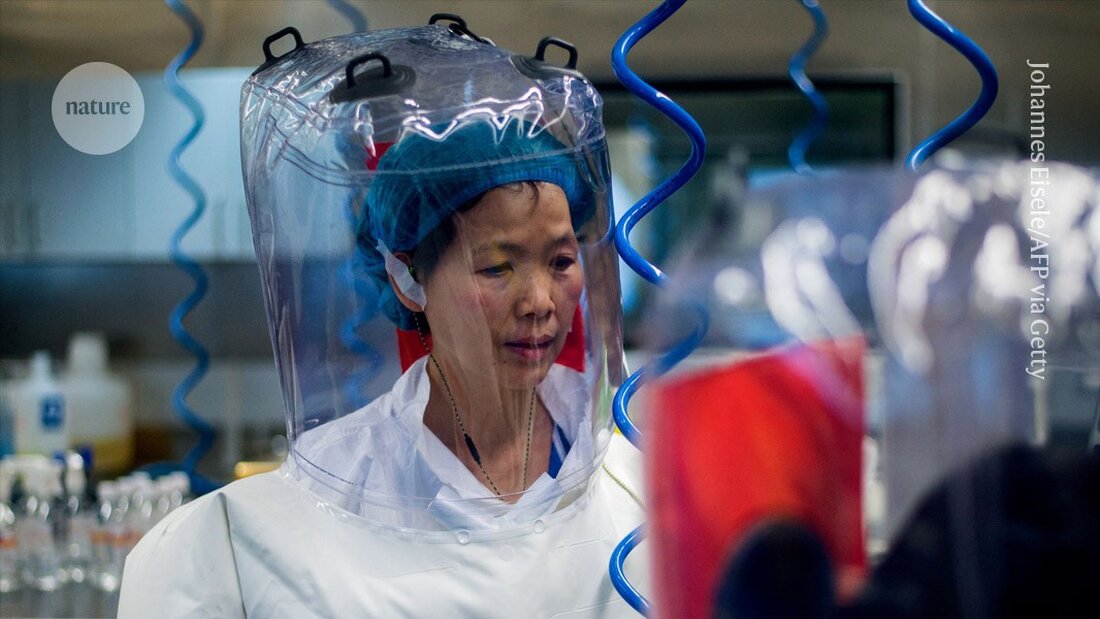Wuhan lab samples show no close relatives of the COVID virus
New research from Shi Zhengli shows that Wuhan laboratory samples do not contain close relatives of SARS-CoV-2.

Wuhan lab samples show no close relatives of the COVID virus
After years of rumors that the virus that causes COVID-19 from a laboratory escaped in China, the virologist at the center of the deliberations presented data on dozens of new coronaviruses collected from bats in southern China. At a conference in Japan, Shi Zhengli, a bat coronavirus specialist, reported that none of these viruses stored in their freezers are the latest ancestors of the SARS-CoV-2 virus.
Shi was leading coronavirus research at the Wuhan Institute of Virology (WIV), a high-security laboratory, when the first cases of COVID-19 were reported in that city. Soon after theories emerged that the virus escaped from the WIV - either accidentally or intentionally.
Shi has consistently emphasized that SARS-CoV-2 was never seen in her laboratory or was investigated. Still, some commentators have continued to question whether one of the many bat coronaviruses her team has collected over decades in southern China could be closely related. Shi promised to sequence the genomes of the coronaviruses and publish the data.
The latest analysis, which has not yet been peer-reviewed, includes data from the complete genomes of 56 new betacoronaviruses, the broad group that includes SARS-CoV-2, as well as some partial sequences. All viruses were collected between 2004 and 2021.
“We have not found any new sequences that are more closely related to SARS-CoV-1 and SARS-CoV-2,” Shi said in a pre-recorded presentation at the “Preparing for the Next Pandemic: Evolution, Pathogenesis and Virology of Coronaviruses” conference in Awaji, Japan, on Dec. 4. Earlier this year, Shi moved from WIV to the Guangzhou Laboratory, a newly established national infectious disease research institute.
The results support their claim that the WIV lab had no bat-derived sequences of viruses more closely related to SARS-CoV-2 than those already described in scientific publications, says Jonathan Pekar, an evolutionary biologist at the University of Edinburgh, UK. "It just confirms what she said: that she didn't have anything that was extremely closely related, as we've seen in the years since," he adds.
The closest known viruses to SARS-CoV-2 have been found in bats in Laos and Yunnan, southern China - but it has been years, if not decades, since they shared their closest common ancestor with the virus that causes COVID-19. “It basically found a lot of what we expect,” says Leo Poon, a virologist at the University of Hong Kong.
Long-term cooperation
Shi has been with us for decades Peter Daszak, president of the EcoHealth Alliance, a New York City-based nonprofit, to screen bats in southern China for coronaviruses and study their risk to humans. The work was funded by the US National Institutes of Health and the US Agency for International Development, but in May of this year the government federal funding for EcoHealth was suspended because adequate oversight of research activities in the WIV was not ensured. These activities included modifying a coronavirus linked to severe acute respiratory syndrome (SARS) to investigate the potential origins of this type of virus in bats.
Over the years, the Shi and Daszak collaboration collected more than 15,000 swabs from bats in the region. The team tested these for coronaviruses and re-sequenced the genomes of the positive test results. The collection expands the known diversity of coronaviruses. “She found sequences that at least help to expand our understanding of coronaviruses,” says Pekar.
In a more comprehensive analysis of 233 sequences - including the new sequences and some previously published - Shi and her colleagues identified 7 broad lineages and evidence of viruses that extensively swapped sections of RNA, a process known as recombination. Daszak says the analysis also assesses the risk of these viruses jumping to humans and identifies potential drug targets; “Information of direct value to public health”.
Daszak reports that due to funding cuts, challenges working across different regions and several US government investigations by EcoHealth has experienced delays in submitting papers for review. However, the researchers plan to submit the analysis to a journal in the next few weeks.

 Suche
Suche
 Mein Konto
Mein Konto
